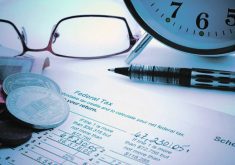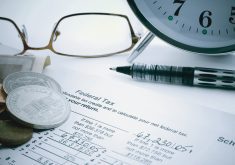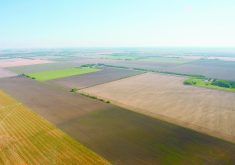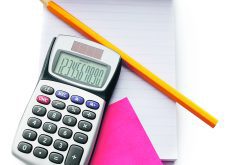On April 19, 2021, the government announced immediate expensing (100 percent writeoff in the year of purchase) for up to $1.5 million of equipment purchases per year for corporations to temporarily stimulate small businesses.
An election and pandemic delays later, this finally became law in June 2022, allowing Canada Revenue Agency to start assessing immediate expensing claims.
For corporations, purchases ready for use from April 19, 2021, to Dec. 31, 2023, qualify.
This was expanded to unincorporated businesses and partnerships for property ready for use from Jan. 1, 2022, until Dec. 31, 2024.
Associated businesses (including corporations, unincorporated businesses, and partnerships) will have to share the $1.5 million limit between the businesses in the group.
Read Also
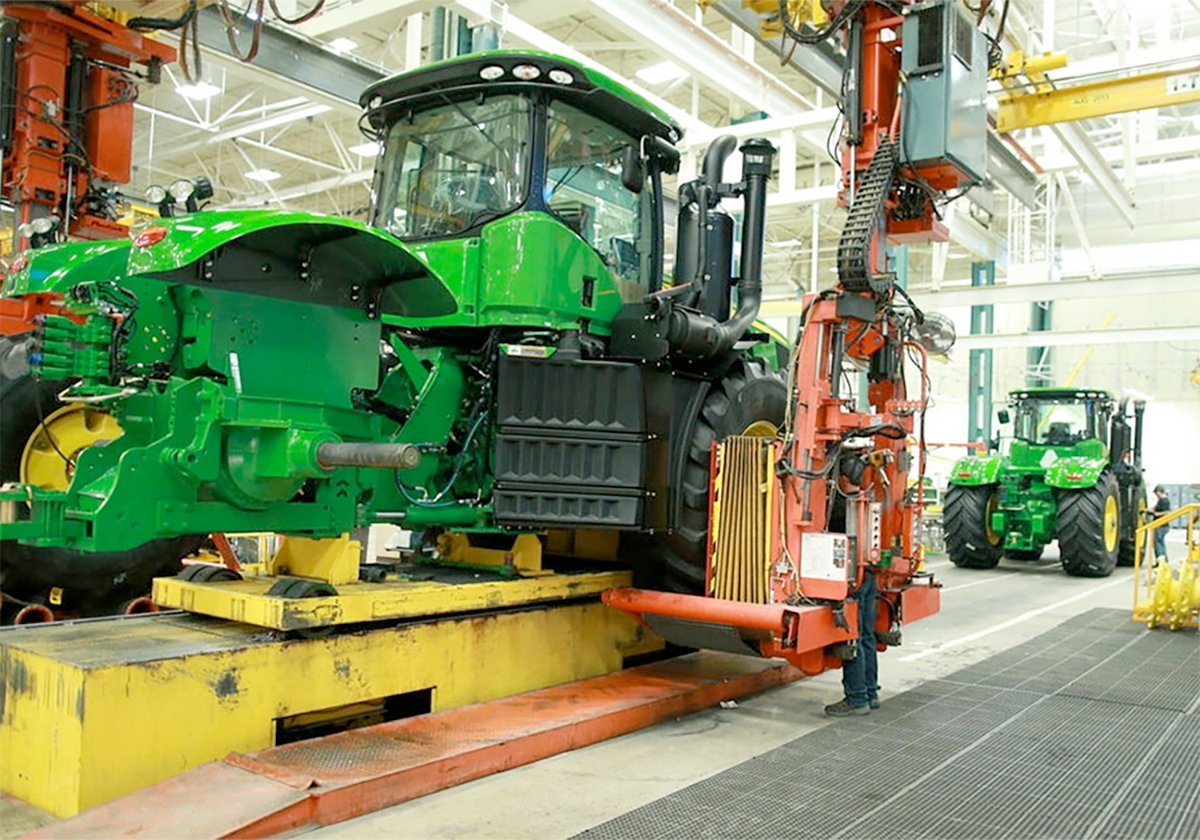
Trump’s trade policies take their toll on Canadian producers
U.S. trade policy as dictated by president Donald Trump is hurting Canadian farmers in a multitude of ways.
What property qualifies?
Most farm equipment qualifies, but Capital Cost Allowance (CCA) classes 1 and 6 (buildings and bins), and Class 14.1 (quota) do not qualify. Leasing has become popular for faster tax deductions.
With these new measures, leasing equipment like combines and tractors is a slower writeoff when compared to a 100 percent deduction of the entire purchase.
Since bins and shops do not qualify for immediate expensing, leasing still results in faster tax deductions than taking CCA for them.
If you buy and sell the same equipment in the year, or buy equipment from a related party, you cannot immediately expense them in most cases.
However, if you trade in a piece of equipment, the full gross purchase price is eligible for immediate expensing.
For example, if you buy a combine for $500,000, trade in your previous machine for $250,000, for a net cash cost of $250,000, the full $500,000 will be eligible for immediate expensing and the $250,000 proceeds would be a deduction from your existing asset tax cost pool (UCC), subject to certain limitations.
Beware of this for passenger vehicles (Class 10.1 assets). They are in a separate CCA class and claiming immediate expensing on them can result in significant taxable income when you sell or trade in the vehicle.
Matters to consider
Immediate expensing is a useful tool. For a profitable farm, having the ability to deposit additional income and pay down debt rather than deferring sales can result in significant interest savings, especially with rising interest rates. Delayed or deferred grain sales can become expensive if that cash could be used to pay down input loans at eight to 10 percent interest rates.
It can also help cash flow equipment purchases rather than taking on new debt at much higher rates.
Immediate expensing and CCA are optional deductions from CRA’s perspective. Since most farmers don’t want to pay tax, when wouldn’t it make sense to claim the full amount of immediate expensing available?
- If you farm personally or in a partnership, immediate expensing cannot be used to create a farm loss, but it can be used to reduce your taxable income to zero. It’s important to make effective use of the lowest tax brackets and tax credits; don’t waste them with minimal taxable farm income.
- A large deduction now means fewer deductions for the equipment in the future. It doesn’t make sense to save tax now at lower rates, only to pay tax at much higher rates in the next few years. If your equipment is fully expensed, when you start selling equipment, the proceeds will likely result in taxable income. An immediate expensing deduction may save tax at a nine percent corporate rate now, only to have more taxable income in future years taxed at 27 percent. This is especially important for farmers considering winding down operations or having a sale in the next five to 10 years.
For profitable corporations, maximizing the use of the Small Business Deduction for the first $500,000 of taxable income is effective tax planning.
In Saskatchewan, this rate is temporarily down to nine percent, which is likely the lowest tax rate in our lifetime. Manitoba’s Small Business tax rate is nine percent, Alberta’s is 11 percent. Income in excess of the Small Business Deduction threshold is taxed at 27 percent in Saskatchewan and Manitoba and 23 percent in Alberta.
One way to control income levels and still benefit from the temporary immediate expensing provisions is to use the Optional Inventory Adjustment (OIA), which allows a farming business to prepay tax on inventory on hand at year end. It results in a deduction for the same amount in the following tax year.
If the immediate expensing of capital purchases brings taxable income below the target level, an OIA can increase the income back up to the desired level. This allows for significant flexibility in taxable income management.
It’s important to consider all tax implications with your accountant before you claim a $1.5 million immediate expensing deduction.
Levi Derksen, CPA, CGA, is a senior manager in the Ag Team at Buckberger Baerg & Partners LLP in Saskatoon.




